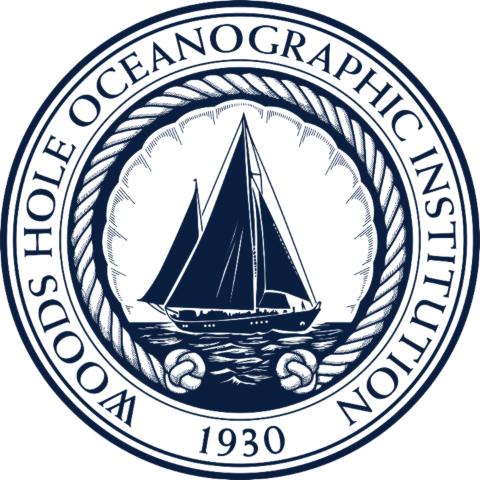
Woods Hole Oceanographic Institution is searching for a highly motivated and enthusiastic Embedded Systems Engineer to join the Oceanographic Systems Lab (OSL) within the Applied Ocean Physics & Engineering Department (AOPE). This is a regular full-time, exempt position, and is eligible for benefits.
OSL is a world leader in Autonomous Underwater Vehicle (AUV) technology and operation in many complex oceanographic environments. Military and scientific applications of AUVs are supported by OSL including biologic and physical surveys, mapping, under-ice operations, environmental anomaly detection, and filming megafauna. OSL works with REMUS AUVs developed at WHOI and equipment designed elsewhere, expanding capabilities of the AUVs and the sensors they support. The OSL team operates in a creative and exciting workspace from creation of ideas to deployment in the field.
OSL is recruiting qualified candidates for a position in electronic and software engineering in support of applied research and development in underwater robotics, communication, and navigation. The work will involve support of existing systems, electronic design and development of new systems, and troubleshooting at all levels. Specifically, it will require support and development of electronic designs for embedded, microcontroller-based systems and their firmware, and of software for general purpose computers. The position will also involve going to sea to support data collection and experimentation, and post-processing and analysis.
A successful candidate, with little supervision, works creatively and independently to establish objectives, meet deadlines, and complete difficult engineering assignments by demonstrating full competency in one or more engineering areas; assists substantively in planning technical aspects of new developments, as well as design, testing, and use of major system components.
The internal working title for this position could be either Engineer II or Research Engineer. The final level of the position will be determined commensurate with the selected candidate’s level of education and experience.
Engineer II:
Research Engineer:
Non-essential Functions:
Engineer II:
Research Engineer:
Required skills for both position levels include:
Other skills that are desirable include:
WHOI has a mandatory COVID-19 vaccination policy in effect, where you must register your full vaccination status (vaccination plus booster) in order to begin employment. The registration process is confidential and entails submitting your official vaccination records or requesting to engage in the interactive exemption process for either a medical or religious reason.
Physical duties for this position include but are not limited to, ability to lift less than 25 lbs independently, 2 times per day; carry 10-25 lbs, 2 times per day. Visual abilities to include near, far, peripheral, depth perception, and ability to distinguish basic colors. Hearing requirements include the ability to hear and respond to instructions, communicate effectively in loud areas (pier/dock, warehouse). Other physical tasks include occasional prolonged standing/walking; use of hands for basic /fine grasping and manipulation, repetitive motion, reaching above and below the shoulders, pushing, pulling, kneeling, bending, twisting, and stooping. Other occupational requirements include talking, traveling, working around others, and with others. Will be exposed to dust or other irritants and electrical/mechanical/power equipment hazards. Physical duties are subject to change.
May work at least 8 hours per day and, at times in excess of 12 hours per day, 7 days per week. Sleep and work hours can deviate from those on land. May be expected to work on watch schedule (such as 8 hours on and 8 hours off or 12 hours on and 8 hours off) for all or part of a cruise or to work as hours are needed to accomplish the planned work. May need to travel during holidays and for long distances to and from foreign ports. May experience rudimentary living and working conditions, with shared and basic living quarters and laboratories. May experience bad or extreme weather conditions, including heavy seas, winter weather or hot, tropical weather. Work on deck may occur in both hot and cold conditions around the clock. Sea conditions will lead to active ship motion. Should be able to climb steep and vertical ladders and able to enter and exit compartments through hatches, doors, and sills. Should be able to carry heavy gear and participate in the loading and unloading of the ship as well as in the activities on deck and in the labs during the cruise. Shipboard environment may include: confined areas, shared sleeping quarters (berths) and bathroom facilities, small and basic berthing, fixed meal times and basic menus. Modest levels of heating, cooling, ventilation, and illumination, limited or no email and internet access and limited off-duty and recreational facilities (library, lounge, movies). May be exposed to potential allergens and irritants, including paint fumes. May experience constant and intermittent loud noises, and slippery and uneven surfaces.
Software Powered by iCIMS
www.icims.com